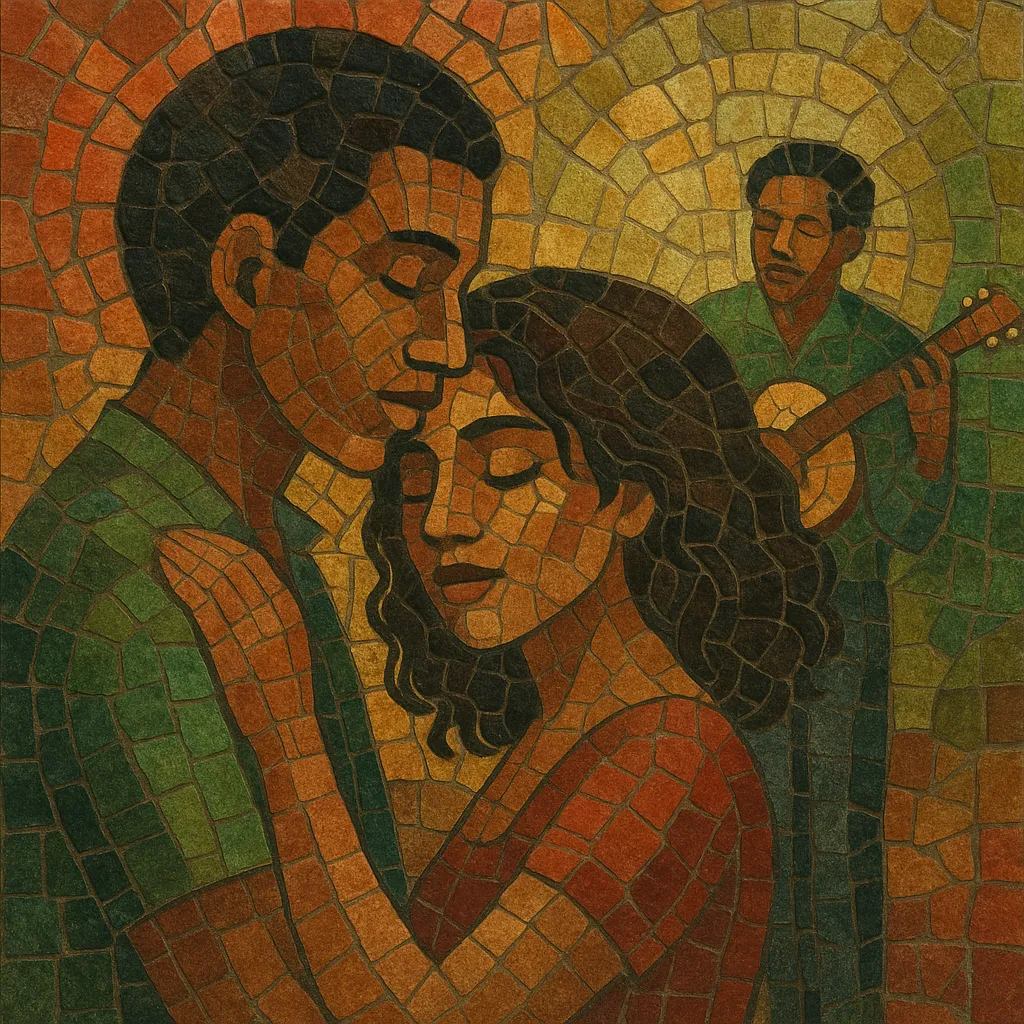
Lovers rock is a romantic, melodically rich branch of reggae that emerged in the United Kingdom during the mid-to-late 1970s. It emphasizes smooth vocals, tender lyrics, and polished arrangements over the heavier political themes or rugged rhythms often associated with roots reggae and dub.
Built on reggae and rocksteady grooves but infused with the sensibilities of soul and R&B, lovers rock often features warm basslines, gentle one‑drop drum patterns, silky rhythm guitars, and lush keyboards or string pads. The result is an intimate, slow‑to‑mid‑tempo sound designed for close dancing and heartfelt expression.
Lovers rock grew out of the Caribbean diaspora in the United Kingdom, especially London, where second‑generation Afro‑Caribbean youth blended Jamaican rocksteady and reggae with U.S. and U.K. soul and R&B. Rocksteady’s romantic songwriting and smooth harmonies, together with the emotive delivery of Motown and sweet soul, laid the groundwork for a softer, love‑focused variant of reggae.
Sound system culture, community halls, and youth clubs provided the social infrastructure. These spaces favored romantic slow‑to‑mid‑tempo selections that encouraged close dancing and intimate vocals, creating an appetite for a distinct sound.
The style coalesced in mid‑1970s London around independent labels and producers championing romantic reggae. A pivotal moment came with Louisa Mark’s “Caught You in a Lie” (1975), often cited as the first major lovers rock hit in the U.K. Dennis Bovell became a key architect, refining arrangements and production techniques that highlighted silky vocals and warm, rounded rhythm sections.
Janet Kay’s “Silly Games” (1979), produced by Bovell, took lovers rock into the U.K. charts and mainstream consciousness, showcasing the genre’s melodic strength and vocal virtuosity. Groups like Brown Sugar and 15, 16, 17, alongside singers such as Carroll Thompson and Sandra Cross, defined the scene’s core aesthetic.
Through the early 1980s, lovers rock thrived on independent British reggae labels and local radio, while influencing pop‑leaning reggae acts. Its sound also fed into the emergence of U.K. street soul, with artists and producers borrowing the gentle swing, emotive toplines, and bass‑led warmth typical of lovers rock. Some performers, including Maxi Priest, achieved wider international success, carrying romantic reggae aesthetics into the pop sphere.
The genre’s DNA can be heard in U.K. street soul and later strands of U.K. R&B. Periodic revivals, specialist club nights, and reissues have kept the style in circulation, while new artists continue to update its palette with contemporary production. Documentaries and retrospectives have further cemented lovers rock as a vital chapter in British Black music and the broader reggae story, celebrated for its softness, emotional candor, and enduring dancefloor appeal.

